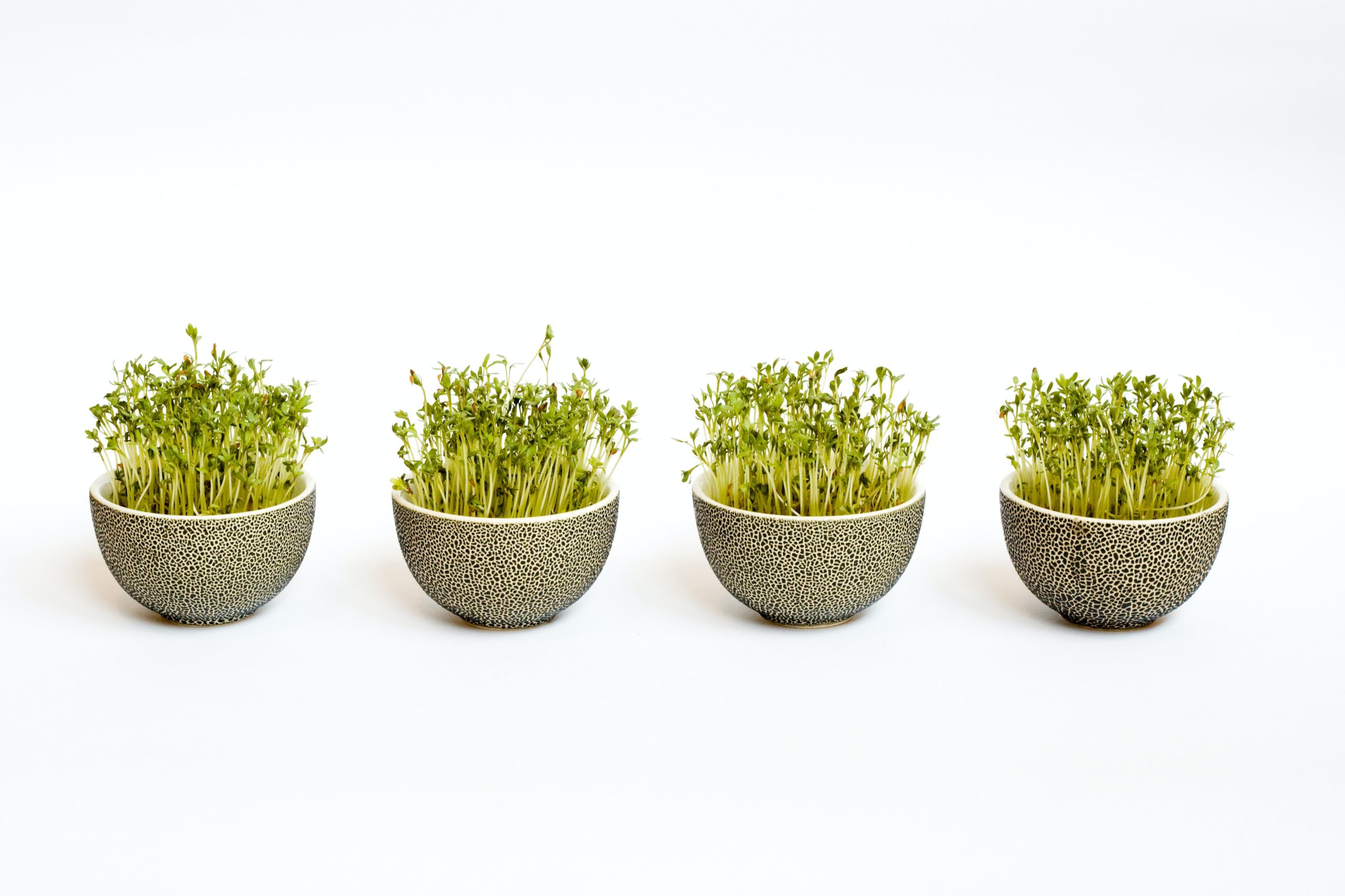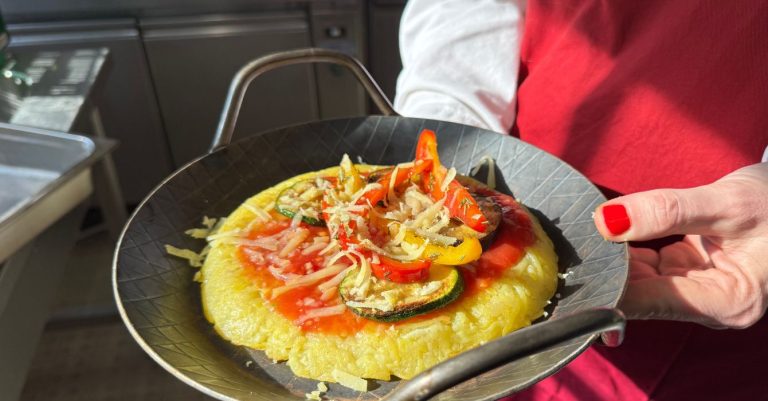Alkaline forms of preparation: Steaming, sprouting, fermenting
It is often the case that the more gently something is prepared, the more alkalising its effect on the body. Nevertheless, we want to prepare our meals as tasty and varied as possible. In addition, heating, sprouting or fermenting sometimes increase the digestibility and availability of nutrients in food.
1. raw is not necessarily better for alkaline fasting!
Raw food is Alkaline fasting eaten until 2 pm. After that, we switch to heated food as we want to relieve the bowels. In addition, many foods contain substances that reduce the usability of the nutrients in the food when unprocessed. For example, they bind oxalates in spinach, chard or beetroot and therefore make it less bioavailable. When blanching or cooking, some of the oxalates are transferred into the cooking water and are therefore less bioavailable.These are no longer absorbed by the body if we do not consume the water. At the same time, "good" ingredients such as some vitamins and fatty acids are partially destroyed by heating. As is so often the case, the quantity makes the poison! In alkaline fasting, we alternate between cooked and raw vegetables and consciously consume raw vegetables in the first half of the day and cooked vegetables in the second half of the day, for a literally positive effect. Gut feeling.
2. if you heat food, it is best to do so gently, e.g. by steaming
Beim Erhitzen gilt die Faustregel „so viel wie nötig, so wenig wie möglich“. Durch das Zubereiten mit Wasser – zum Beispiel beim Dämpfen – werden Lebensmittel viel weniger stark erhitzt als in der Pfanne oder im Ofen (wo die Temperaturen meist deutlich über 100°C liegen). Dämpfen hat zusätzlich gegenüber herkömmlichem Kochen in Wasser den Vorteil, dass weniger der Nährstoffe, die wir behalten wollen, in das Wasser übergehen sondern eher im Lebensmittel selbst bleiben.
3. strong heating as in deep-frying is "out"
Frying not only involves high temperatures, but also the formation of trans fats, which we try to avoid. Higher temperatures are also used when baking or cooking in a pan. You don't have to exclude these methods, but you do need to use them consciously - for example, turn the hob down a little, reduce the cooking time or alternate more with water-based cooking methods. You are also welcome to use the Fats used in cookingBe careful with oils with a high smoke point, such as olive oil or coconut oil, which can be used in cooking, others in the cold kitchen or to flavour a ready-cooked meal.
4. pickling, sprouting/sprouting or fermenting can improve the nutrient content
Nuts, seeds, pulses and cereals in particular benefit from being soaked in water, sprouted or germinated and/or fermented. This is because they contain substances that bind the minerals they contain and make them more difficult for the body to utilise. They also contain phytic acid or other substances that can irritate the digestive tract if eaten regularly. Soaking them in water already reduces the content of such substances. Sprouting and fermenting reduces it further and also releases new nutrients and vitamins.
This is because metabolic activities take place in the sprout in which nutrients are formed, converted or broken down. For example, most sprouts are higher in vitamin C than their unsprouted siblings. Iron and B vitamins are also often higher. Phytic acid, on the other hand, is broken down, making the minerals it contains more available to the body. You can find a short guide to sprouts in our Articles about seeds and sprouts. Please note that although some sprouts can be eaten raw, many should still be at least slightly heated. For example, if a seed can be eaten raw without sprouting, it can also be eaten raw after sprouting. Chickpeas and beans, on the other hand, should still be cooked, although the cooking time required is greatly reduced.
Seeds are best fermented after pureeing, i.e. in a pulpy form, for example by Fermenting bread dough or in the production of cheese alternatives from nuts and seeds. In lacto-fermentation, the basic process is that the nuts, seeds, (cooked) pulses or grains are mixed with water (sometimes by pureeing, sometimes just by mixing in), and then salt and a fermentation starter are added. This starter can be specific bacteria in powder form (e.g. a yoghurt starter or a probiotic), liquid from another ferment (e.g. sauerkraut juice or the juice of another ferment), or a fresh food that is slightly acidic and has bacteria on its skin due to its freshness (e.g. an organic apple or some lemon). It also helps to create an acidic environment for the bacteria by adding a little lemon juice or vinegar. You can find exact instructions for the ferment of your choice on various websites; we have the Process for sauerkraut and the production of kombucha described here.








